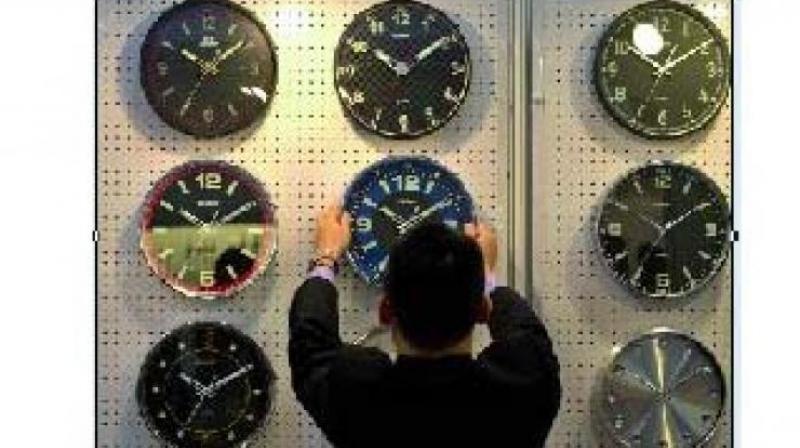IIT-G students for separate N-E time zone

Guwahati: The students of Indian Institute of Technology, Guwahati (IIT-G), have embarked upon an ambitious plan for a separate time zone in the Northeast to utilise the resources better.
The time difference between the western-most part and the eastern-most point of India is about two hours, the effect of which is that the sun rises and sets much earlier in the Northeast than it does in the rest of the country.
It is also significant that several studies have endorsed the proposal for separate time zones over the years, concluding that mere advancing the time can enhance efficiency and productivity of many industrial and non-industrial processes and conserve billions of units of electricity.
Loss of daylight during working hours (for the country runs on one time zone) is also the prime concern of the students’ fraternity of IIT-G that is trying to build public opinion on the issue during TEDx, an event of the institute, on February 10.
Before IIT students, noted intellectual and renowned filmmaker Jahnu Barua had also launched a similar campaign as he argued that by following IST, the Northeast has gone behind by 25 years 10 months in productivity and incurred a total wastage of electricity at homes and offices worth '94,900 crore since Independence.
His campaign with many other intellectuals and social workers had compelled the Central government to appoint the V.S. Ramamurthy Committee in 2001 to look into the possibility of reverting to two time zones, but the committee decided against the proposition. However, it advocated starting and ending office hours earlier in the east so that people in that region can take advantage of early daylight.
The IIT students, advocating a separate time zone, said, “Indians, in the year 1884, had multiple time zones. After Independence, the government decided to adopt one time for the whole country to promote unity. However, the demands and circumstances have changed since 1947. Today, we are a developing nation with an enormous population. It’s required to wisely use all the resources at our disposal without wastage.”
The organisers of the event have roped in renowned author Arup Kumar Dutta, who had also campaigned on the issue for long. “In winter, the sun sets in the Northeast as early as 4 pm. A common person is losing about one hour of daylight daily. On an average, two years of his life gets wasted, besides facing the risk of various health issues,” said Vinit Yadav, a B. Tech student and leading crusader for the separate time zone movement in IIT-G.
He added that an “unjust” time zone has a deep impact on the productivity of people and increases the electricity usage due to late working schedule in the offices.
“A different time zone can help save millions of units of electricity and also increase efficiency. Every demand in this regard is put down by the Central government in the name of the old age rhetoric of safety and the fear that it will lead to political and social division from the rest of the country. Do they have this little faith in patriotism of the people of the Northeast? Being one of the underdeveloped parts of the country, saving a few hours of extra daylight and electricity could create all the difference,” he asserted.
Indian Standard Time (IST) is measured at Shankargarh Fort in Allahabad, Uttar Pradesh, along the line of longitude 82.5 degree East, which is five and a half hours ahead of GMT, and this standard time zone is followed across India, even though the East to West expanse of the country exceeds 2,900 km.

